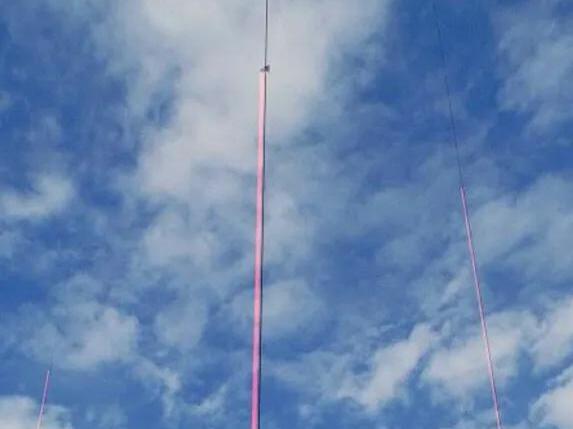Physical Address
304 North Cardinal St.
Dorchester Center, MA 02124
Physical Address
304 North Cardinal St.
Dorchester Center, MA 02124

In late August, NASA officials confirmed an unfortunate reality: two U.S. astronauts, stranded at the International Space Station (ISS) for nearly three months, would not be returning to Earth as planned. Instead, Suni Williams and Barry Wilmore faced an extended stay in space that could last several more months.
The astronauts had arrived at the ISS in June aboard Boeing’s Starliner, the company’s inaugural crewed mission. However, the craft encountered significant issues, and it was scheduled to return without any crew members. A SpaceX rescue craft intended to reach them would not be available until February 2025, leaving the astronauts with no choice but to wait.
Yet, waiting may not be the only solution in the future. Scientists believe that technology, once thought to be purely speculative, might soon offer a feasible option for space travel: the concept of a space elevator.
For over a century, the idea of a space elevator has intrigued researchers, yet recent advancements have rekindled interest in its potential viability. Several experts and a major Japanese corporation are investigating the possibilities.
“The technology is there,” states physicist Bradley Edwards, who authored an early design report for such a system nearly 25 years ago, only to face indifference. Now, with advancements in materials and engineering, the landscape may be changing.
Despite the technological readiness, Edwards emphasizes that the main barriers are “a will to do it and funding.”
What exactly would a space elevator entail? Rather than a literal elevator as we know it, envision it as a cable or ribbon suspended between the Earth and a counterweight in space. The mechanics would involve a system where vehicles move up and down the cable, delivering payloads efficiently.
Edwards proposes a design where a spacecraft would deploy a vast ribbon from geosynchronous orbit, approximately 22,000 miles above Earth, gradually anchoring it to a point in the Pacific Ocean. This spacecraft would ascend to around 60,000 miles, unspooling the rest of the cable as it goes.
The upper end of the cable would act as a counterweight, while multiple climbers would ascend and reinforce the tether over time. Constructed potentially from carbon nanotubes or graphene, the cable would benefit from the Earth’s rotational force, maintaining tension through centrifugal force.
According to Dennis Wright, president of the International Space Elevator Consortium (ISEC), this would create a “vertical railroad” for vehicles capable of rapidly transporting payloads. These climbers could travel at impressive speeds, carrying significant cargo like satellites regularly.
The implications of a space elevator are profound. It could facilitate the delivery of satellites or even elements harvested from asteroids. Moreover, with regular service, tourism to space could become a reality, significantly altering the economics of space access.
Using a space elevator, not only could trips to Mars be shortened from months to just a few weeks, but it could also enhance launch opportunities significantly. This investment could pave the way for asteroid mining, lunar bases, and even solar power collected in space, beamed back to Earth.
Historically, the concept of a space elevator has its roots in science fiction; Arthur C. Clarke prominently featured it in his novel “The Fountains of Paradise” in 1979. The idea has shifted from mere fantasy to a plausible engineering challenge, especially following the discovery of carbon nanotubes in 1991.
These materials are notably stronger than steel, creating new possibilities for construction that were previously unreachable. Edwards’ new company, Industrial CNT, is actively seeking funding to produce longer carbon nanotubes to be used in the project. He estimates a space elevator could be built within 8 to 10 years once funding is secured.
Wright believes that the first entity to develop this infrastructure will dominate space access in the future. Various nations, including the United States, Japan, and China, have shown interest in researching the space elevator concept, but international cooperation may ultimately be essential for its realization.
Constructing a space elevator would bring significant logistical challenges, including managing severe weather events, piracy risks, and engineering constraints. Yet, experts remain optimistic, suggesting that while some hurdles exist, they may not be insurmountable.
Despite a 2019 report indicating feasible prospects for a space elevator, a tangible push for development remains elusive. Edwards believes in the economic potential of the project and is calling for heightened awareness to encourage investment.
Finally, as Suni Williams and Barry Wilmore remain stranded, enduring an unexpected extension of their time in space, the idea of just pushing a down button on a space elevator may soon transcend the realm of science fiction.
Source: Fortune